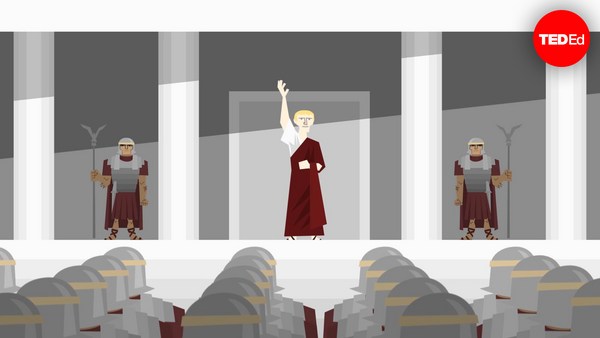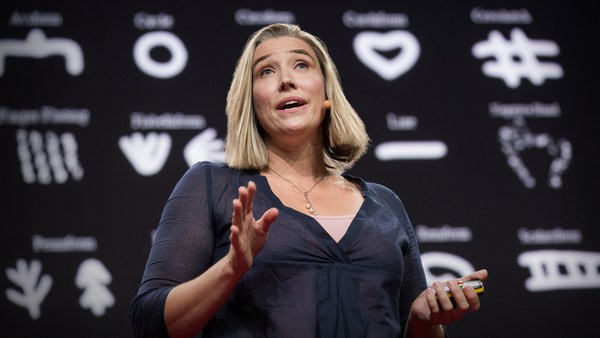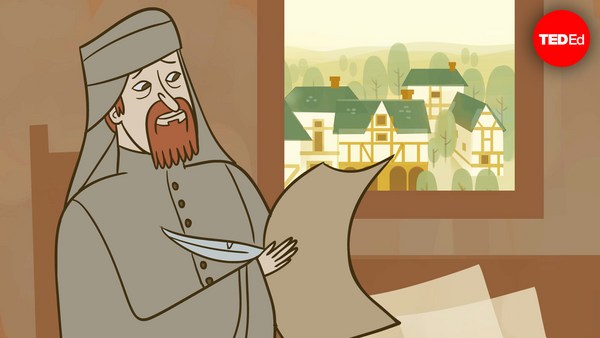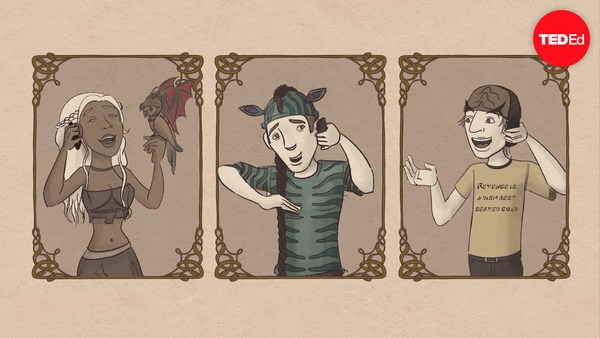In the year 1066, 7000 Norman infantry and knights sailed in warships across the English Channel. Their target: England, home to more than a million people. Theirs was a short voyage with massive consequences. And around the same period of time, other groups of Normans were setting forth all across Europe, going on adventures that would reverberate throughout that continent’s history. So who were these warriors and how did they leave their mark so far and wide?
Our story begins over 200 years earlier, when Vikings began to settle on the shores of northern France as part of a great Scandinavian exodus across northern Europe. The French locals called these invaders Normans, named for the direction they came from. Eventually, Charles, the king of the Franks, negotiated peace with the Viking leader Rollo in 911, granting him a stretch of land along France’s northern coast that came to be known as Normandy.
The Normans proved adaptable to their newly settled life. They married Frankish women, adopted the French language, and soon started converting from Norse paganism to Christianity. But though they adapted, they maintained the warrior tradition and conquering spirit of their Viking forebears. Before long, ambitious Norman knights were looking for new challenges.
The Normans’ best-known achievement was their conquest of England. In 1066, William, the Duke of Normandy, disputed the claim of the new English king, Harold Godwinson. Soon after landing in England, William and his knights met Harold’s army near the town of Hastings. The climactic moment in the battle is immortalized in the 70-meter-long Bayeux Tapestry, where an arrow striking Harold in the eye seals the Norman victory.
William consolidated his gains with a huge castle-building campaign and a reorganization of English society. He lived up to his nickname "William the Conqueror" through a massive survey known as the Domesday Book, which recorded the population and ownership of every piece of land in England. Norman French became the language of the new royal court, while commoners continued to speak Anglo-Saxon. Over time, the two merged to give us the English we know today, though the divide between lords and peasants can still be felt in synonym pairs such as cow and beef. By the end of the 12th century, the Normans had further expanded into Wales, Scotland, and Ireland.
Meanwhile, independent groups of Norman knights traveled to the Mediterranean, inspired by tales of pilgrims returning from Jerusalem. There, they threw themselves into a tangled mass of conflicts among the established powers all over that region. They became highly prized mercenaries, and during one of these battles, they made the first recorded heavy cavalry charge with couched lances, a devastating tactic that soon became standard in medieval warfare. The Normans were also central to the First Crusade of 1095-99, a bloody conflict that re-established Christian control in certain parts of the Middle East.
But the Normans did more than just fight. As a result of their victories, leaders like William Iron-Arm and Robert the Crafty secured lands throughout Southern Italy, eventually merging them to form the Kingdom of Sicily in 1130. Under Roger II, the kingdom became a beacon of multicultural tolerance in a world torn apart by religious and civil wars. Muslim Arab poets and scholars served in the royal court alongside Byzantine Greek sailors and architects. Arabic remained an official language along with Latin, Greek, and Norman French. The world’s geographical knowledge was compiled in The Book of Roger, whose maps of the known world would remain the most accurate available for 300 years. And the churches built in Palermo combined Latin-style architecture, Arab ceilings, and Byzantine domes, all decorated with exquisite golden mosaics.
So if the Normans were so successful, why aren’t they still around? In fact, this was a key part of their success: not just ruling the societies they conquered, but becoming part of them. Although the Normans eventually disappeared as a distinct group, their contributions remained. And today, from the castles and cathedrals that dot Europe’s landscape to wherever the English language is spoken, the Norman legacy lives on.





